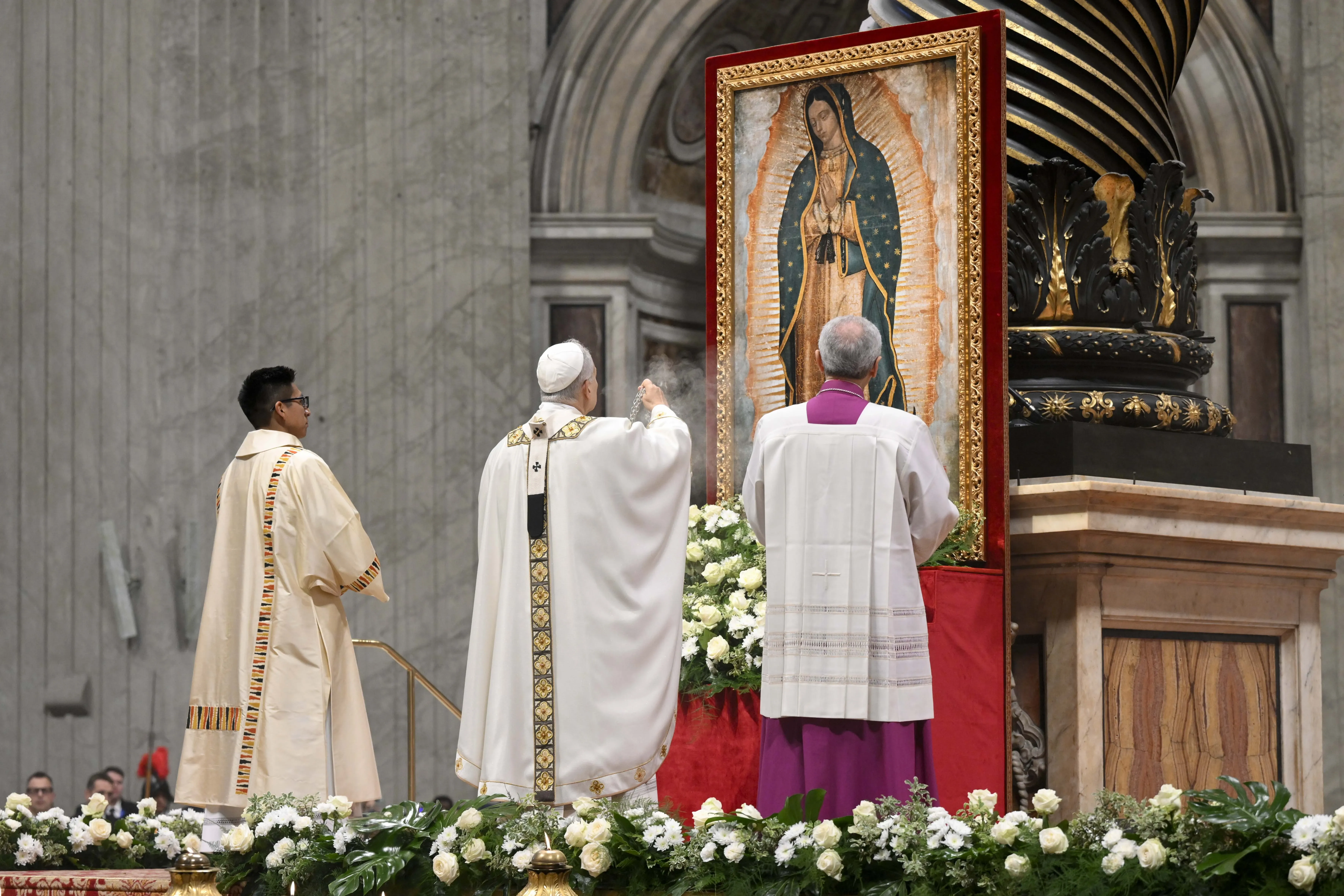“Contrast such data with the Catholic Church, with 466,000 priests and 6,000 cases reported to the Congregation for the Doctrine of the Faith,” he said.
In the essay, Farnós pointed out that while the vast majority of cases of sexual abuse occur in the family, no one draws the conclusion that family members are ipso facto prone to abuse.
“If 73% of sexual abuse of minors seems to occur in the family environment, it cannot be affirmed that ‘being a father or being a mother predisposes to abuse,’” he said.
Farnós said that media coverage of the scandals had rightly highlighted the seriousness of all cases, but given rise to “certain statements destined to provoke the social panic and discredit of the Church, unfairly stigmatizing the social group of the clergy.”
Noting that the CDF has received approximately 6,000 cases of abuse world-wide, “an excessive number that shames us as Christians and particularly as priests,” Farnós said that priest account for only 3% of abuse cases reported to civil authorities.
(Story continues below)
“In the last two decades, we have attended with pain, particularly in some regions of the Catholic world, to an unworthy, improper, inconsiderate and even vexatious treatment of priests for the mere fact of [their] being [priests],” he said, pointing to “irresponsible” coverage of clerical abuse by the media.
The CDF official did, however, acknowledge that the vast majority of sexual abuse cases in the Church, some 80%, involve men preying on boys or young men, but warned against drawing any causal link between homosexuality as an orientation and a disposition to abuse.
Despite what Farnós called “certain ultraconservative ideological positions,” the data available to the CDF showed that “there is no direct relationship between homosexuality and pedophilia or between the latter and a ‘progressive style’ of clergy.”
“Affirming the direct connection of homosexuality with pedophilia from the data […] not only involves the commission of a great injustice, but also the criminalization of a certain sexual identity,” Farnós said, while at the same time observing that cultures of active homosexuality were a contributing factor to sexual abuse.
“It is […] possible to affirm that a certain homosexual subculture typical of some clerical groups and present in certain seminars or novitiates, with the consequent tolerance towards active homosexual behaviors, can lead to pedophilia.”
These, Fornós said, “deserve greater attention from pastors, who have the pastoral and disciplinary means to invite [clerics] by example, the word and even coercion to a chaste life that does not pose a danger or scandal for the priest himself and for the Church.”
Offering his own reflections on preventing future abuse, he said that bishops need to focus on the selection of candidates for the priesthood, moving away from “a superficial predisposition to welcome all,” and identifying men “capable of living loneliness as a moment of grace and maturation, integrating aggressiveness and maintaining healthy relationships with adult people for a long time.”
“We should insist on candidates for ministry [suitable for] their future public and social role,” he said.
“They will be moral reference points and, therefore, should be exercised from the first moment of their formation in great self-control, with the aim of never scandalizing or even moving anyone away from the faith, the great gift that sustains us.”







